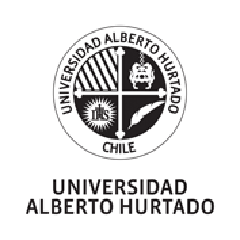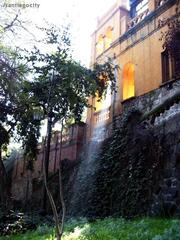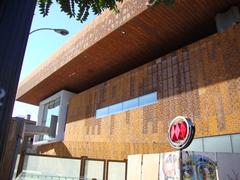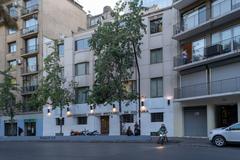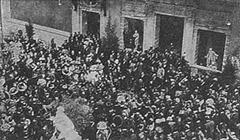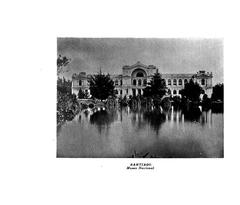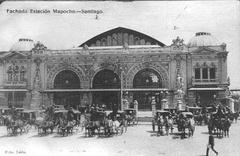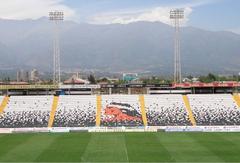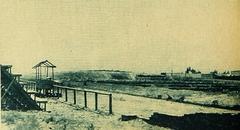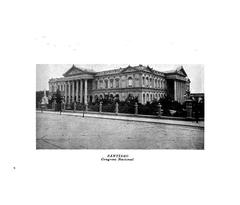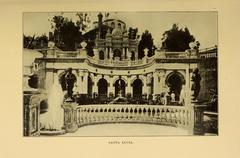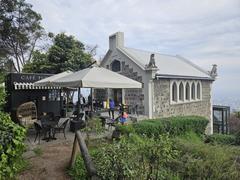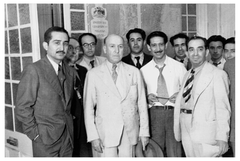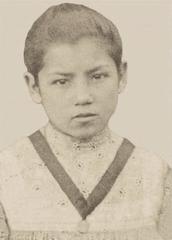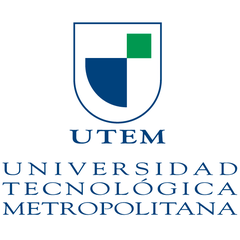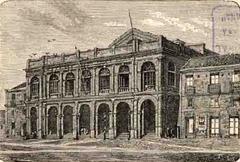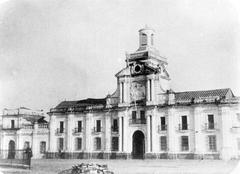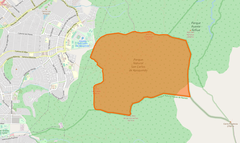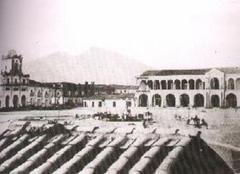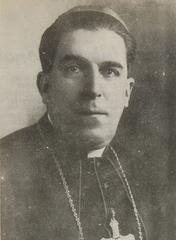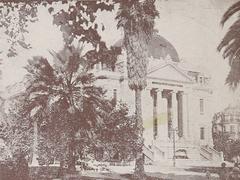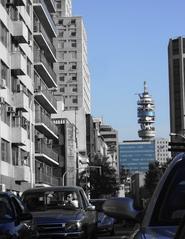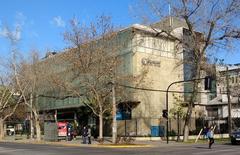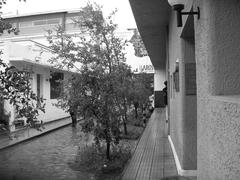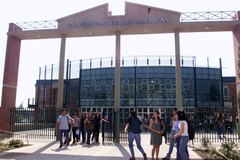
Teresa of the Andes: Visiting Hours, Tickets, and Comprehensive Guide to Santiago’s Historical Sites
Date: 14/06/2025
Introduction
The Shrine of Saint Teresa of the Andes, set against the tranquil backdrop of the Andes Mountains near Los Andes, Chile, stands as a testament to faith, hope, and Chilean cultural heritage. Saint Teresa, born Juana Enriqueta Josefina Fernández y Solar in 1900, is Chile’s first canonized saint and remains a beacon of inspiration for pilgrims and travelers. Her journey—from a privileged upbringing in Santiago, through her Carmelite vocation, to her early death at 19—reflects unwavering devotion and continues to draw tens of thousands each year (Carmelite.com; Catholic Online).
This comprehensive guide provides essential information for anyone planning a visit, including historical context, practical visitor details, transportation options, and travel tips. Whether you seek spiritual renewal or cultural discovery, the shrine and its surroundings promise a unique and enriching experience (teresadelosandes.org; Catholic News Agency).
Historical Background of Saint Teresa of the Andes
Early Life and Spiritual Awakening
Born into an upper-class family in Santiago, “Juanita” was surrounded by faith and privilege. Despite frail health and a strong-willed personality, her childhood was marked by deep devotion, especially to the Virgin Mary. Her spiritual turning point came after reading about St. Thérèse of Lisieux, which ignited her desire for a life wholly dedicated to God (Catholic Online; Nobility.org).
Entry into the Carmelite Order
In 1919, Juanita entered the Discalced Carmelite monastery in Los Andes, adopting the name Teresa of Jesus. The contemplative life of prayer and sacrifice resonated deeply with her, and she flourished spiritually within the community (Carmelite.com).
Illness and Legacy
Her time in the convent was short. She succumbed to typhus in 1920 at just 19, but her writings and letters left a lasting spiritual legacy. Her canonization in 1993 by Pope John Paul II cemented her status as a national patron, especially for youth and the sick (Vatican.va).
Visiting the Shrine of Saint Teresa of the Andes
Location and Access
The sanctuary, known as Santuario de Santa Teresa de Los Andes, is located in Auco near Los Andes, about 70 kilometers north of Santiago. It’s easily accessible by car via Route 57 or by bus from Santiago to Los Andes, with local transport options to the sanctuary (teresadelosandes.org).
Opening Hours and Admission
- Visiting Hours: Daily from 8:00 or 9:00 AM to 6:00 PM (check for variations during feast days or special events).
- Admission: Free; donations are appreciated to support the site’s upkeep.
Facilities and Services
- Accessibility: The sanctuary is wheelchair accessible, with ramps, accessible restrooms, and parking.
- Guided Tours: Available by appointment; these tours offer rich insights into Saint Teresa’s life and Carmelite spirituality.
- Pilgrimage and Retreats: The site includes spaces for worship, meditation, and Carmelite retreats. Lodging is available for retreat participants by reservation.
- Amenities: Information center, gift shop, cafeteria, picnic areas, and modern restrooms.
- Safety: The sanctuary is staffed with personnel and volunteers, especially during large events.
Highlights of the Sanctuary
- Main Church: Modern architecture combining Carmelite simplicity and beauty, with a central reliquary housing Saint Teresa’s remains.
- Meditation Gardens and Stations of the Cross: Landscaped areas for reflection and outdoor prayer.
- Special Artworks: Includes a Byzantine icon by Carmelite sisters from Lebanon and mosaic murals depicting Carmelite saints and biblical scenes (ocarm.org).
Pilgrimage Traditions and Annual Events
Youth Pilgrimage
The most significant annual event is the youth pilgrimage held on the second Sunday of October. Over 50,000 young people walk approximately 27 kilometers from Chacabuco Hill to the sanctuary, culminating in a vibrant Eucharistic celebration (Catholic News Agency). This event highlights Saint Teresa’s continuing influence on contemporary Chilean youth.
Feast Days and Retreats
- Feast Day: Celebrated on July 13th, drawing thousands for special Masses and processions.
- Retreats: The sanctuary hosts spiritual retreats and conferences throughout the year for individuals and groups (digitalmissioners.com).
Travel Tips and Nearby Attractions
- Transport: From Santiago, drive via Route 57 (Carretera General San Martín) or take a bus to Los Andes, followed by a taxi or shuttle to the sanctuary.
- Best Time to Visit: Spring (September–November) and early autumn (March–May) offer the most pleasant weather.
- What to Bring: Comfortable shoes, sun protection, water, and modest attire.
- Accommodation: The sanctuary offers basic lodging for retreats; Los Andes and Santiago provide a range of hotels and guesthouses.
- Nearby Sites: Explore colonial churches, museums in Los Andes, Maipo Valley wineries, and other regional cultural attractions (chile.travel).
Frequently Asked Questions (FAQ)
Q: What are the visiting hours?
A: Daily from 8:00 or 9:00 AM to 6:00 PM, with possible variations on feast days.
Q: Is there an entrance fee?
A: No; admission is free. Donations are welcome.
Q: Is the sanctuary accessible to people with disabilities?
A: Yes, with ramps, accessible restrooms, and designated parking.
Q: Are guided tours available?
A: Yes, by appointment through the visitor center or official website.
Q: How do I get there from Santiago?
A: By car (Route 57, about 1–1.5 hours), bus to Los Andes, then taxi or shuttle.
Q: Are virtual tours or online resources available?
A: Yes, virtual tours and maps are available on the official website, along with high-quality images and media resources.
Conclusion and Final Tips
The Shrine of Saint Teresa of the Andes is one of Chile’s most significant spiritual and cultural destinations. With its blend of sacred art, modern architecture, and Andean landscapes, the sanctuary offers a profound space for prayer, reflection, and community. Annual events such as the youth pilgrimage and feast day celebrations foster a vibrant sense of faith and unity, especially among Chilean youth.
When planning your visit, check the official website for updated hours, special events, and guided tour information. Leverage digital resources like virtual tours and the Audiala app for enhanced experiences. Whether you visit as a pilgrim or a cultural traveler, the sanctuary invites you to discover peace, inspiration, and the enduring legacy of Chile’s first saint.
Reliable Sources and Further Reading
- Carmelite.com: Saint Teresa of the Andes Shrine
- Sanctuary of Teresa of the Andes – Official Shrine Website
- Catholic News Agency: St. Teresa of the Andes Shrine
- Digital Missioners: Saint Teresa of Los Andes
- Catholic Online: Saint Teresa of the Andes
- Aleteia: Teresa of the Andes Biography
For the best experience, consider using the Audiala app to access guided tours, updates, and further resources on Chilean historical and religious sites.


